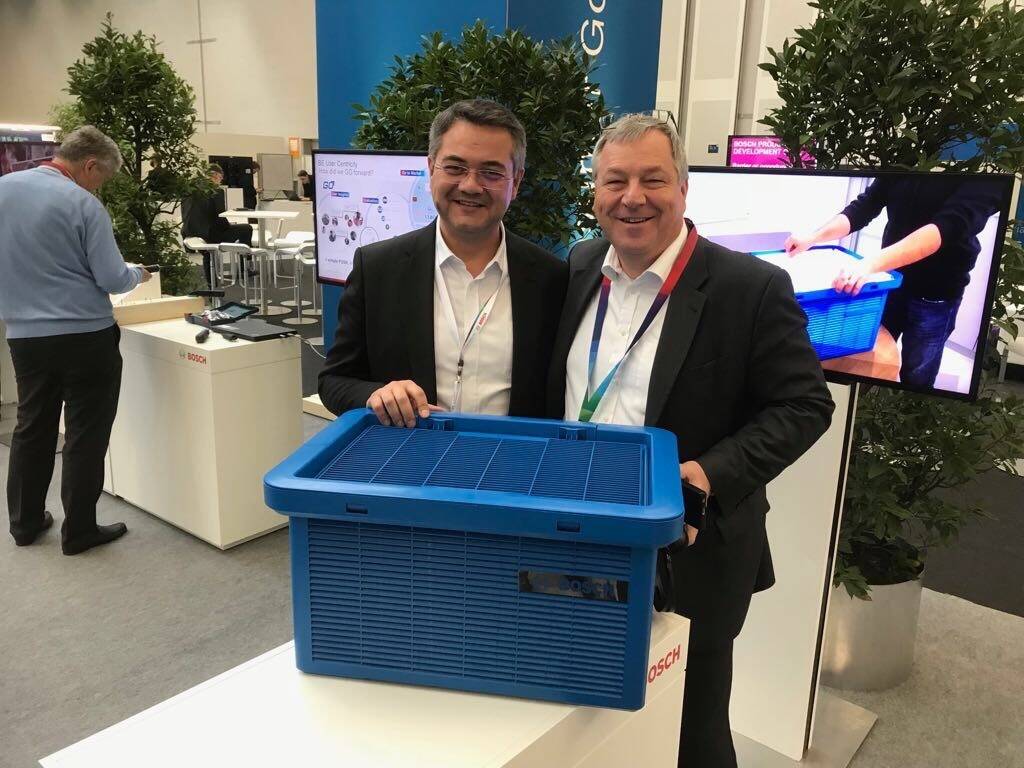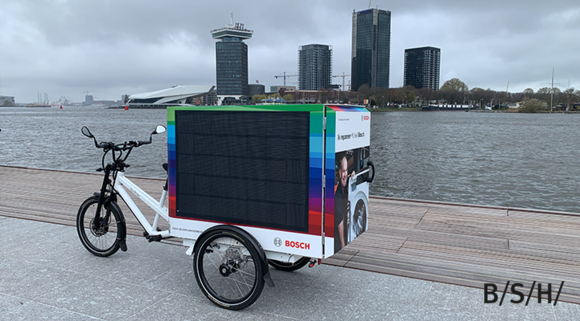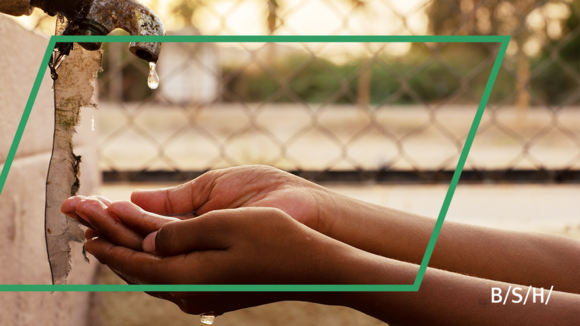Storing food in a hot environment without electricity? BSH has the perfect solution – the FreshBox, developed by BSH innovation teams in Germany and Turkey for a better quality of life.
In Sub-Saharan African countries such as Kenya and Nigeria, people have to pay great attention to the way they store food. High temperatures often mean that vegetables, fruit and dairy goods spoil really quickly. To make matters more difficult, access to electricity is also limited here. As a result, food is often kept on open surfaces or in cool boxes. Unfortunately, these cool boxes can often only keep the groceries cool for a limited amount of time and require a great amount of effort and a lot of water. Therefore, people either have to purchase perishables several times a week, which amounts to a lot of time spent on the road, or face wasting a lot of their fresh food, especially if they buy a lot at once.
Our BSH UX-researchers went to local food markets in Kenya and Nigeria and asked locals about their biggest problems when it comes to food storage. Collecting and processing their answers gave important insights for the development of an innovative cooling device here at BSH. As a result, and less than two years later, we have now developed the FreshBox, a Low Cost Off Grid Chiller, which BSH is happy to introduce to markets in Nigeria and Kenya mainly under our brand Bosch.
Emrah Torun is a project manager at BSH in Istanbul and was involved in the development process of FreshBox. Prior to this, Mr Torun worked in the Product Category Department “Cooking” for 15 years as the Head of Cooking Development RTC until March 31, 2017. We sat down with him to find out where the idea for FreshBox came from and how it works:
From left to right – Emrah Torun, FreshBox Project Manager and Dr. Ralph Fuchs with the Freshbox
What was your role in the development of the FreshBox?
In April 2017, I moved from my old department to the department of Corporate Innovation and Technology. After the pre-development phase was completed by the innovation team at BSH in Munich, the Turkish development department, responsible for the Nigerian and Kenyan markets, realized the final design of FreshBox and launched the industrialization phase in Cerkezkoy. During this phase, I was responsible for the development of the product with the use of the scrum method, amongst other things.
How does FreshBox work?
FreshBox relies on a basic physical principle in order to reduce the internal temperature compared to the external temperature. It works because the reduction in temperature increases the humidity inside the box. This means that fruit and vegetables can be kept in high relative humidity and can be kept fresh longer. This is because the humidity prevents the evaporation of water within the food. The reduction in temperature occurs when the water evaporates from a textile layer that is placed in between the inner container and the outer surface of FreshBox. Under optimum environmental conditions (hot and dry weather), the internal temperature of FreshBox can be reduced by up to 10°C, when compared to the outside temperature. This is made possible by the evaporation energy generated by around two liters of water per day.
Where did the inspiration for FreshBox come from?
Our inspiration came from basic physics. There’s actually a similar solution to the problem in existence that has been used for hundreds of years – clay pot-in-pot coolers are an established means to prevent food from spoilage. The main difference is that by optimizing the structure and the textiles we were able to significantly improve the storage volume and cooling performance of this basic device. So our Freshbox is a solution that is based on an ages-old solution which has been optimized by our knowledge of basic physics.
We’re excited for the launch of our Freshbox and are looking forward to enriching the lives of our consumers in the some of the world’s hottest climates by helping them to enjoy their fresh food for longer.





